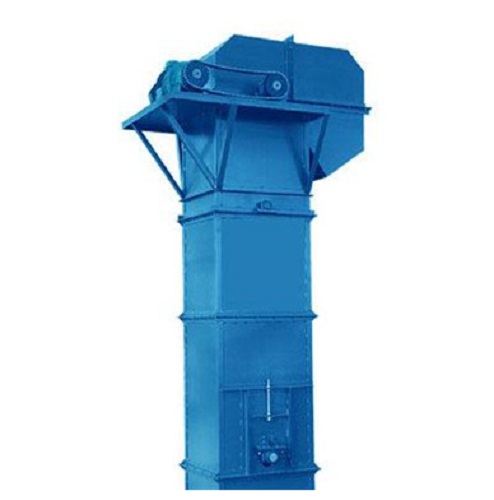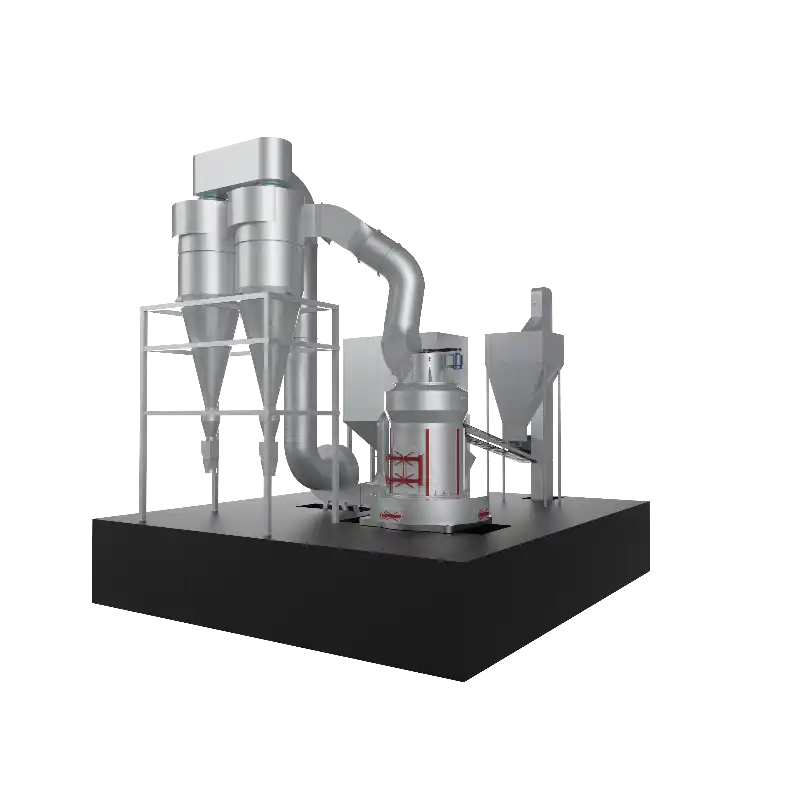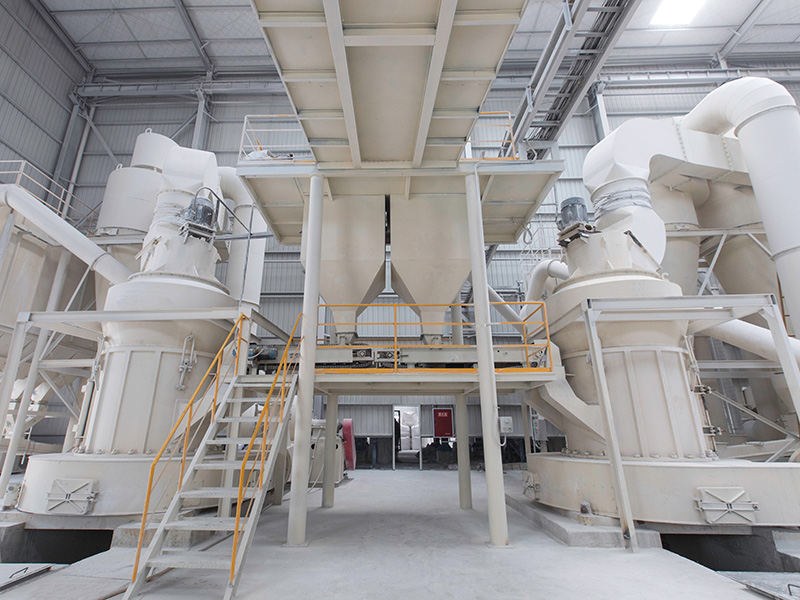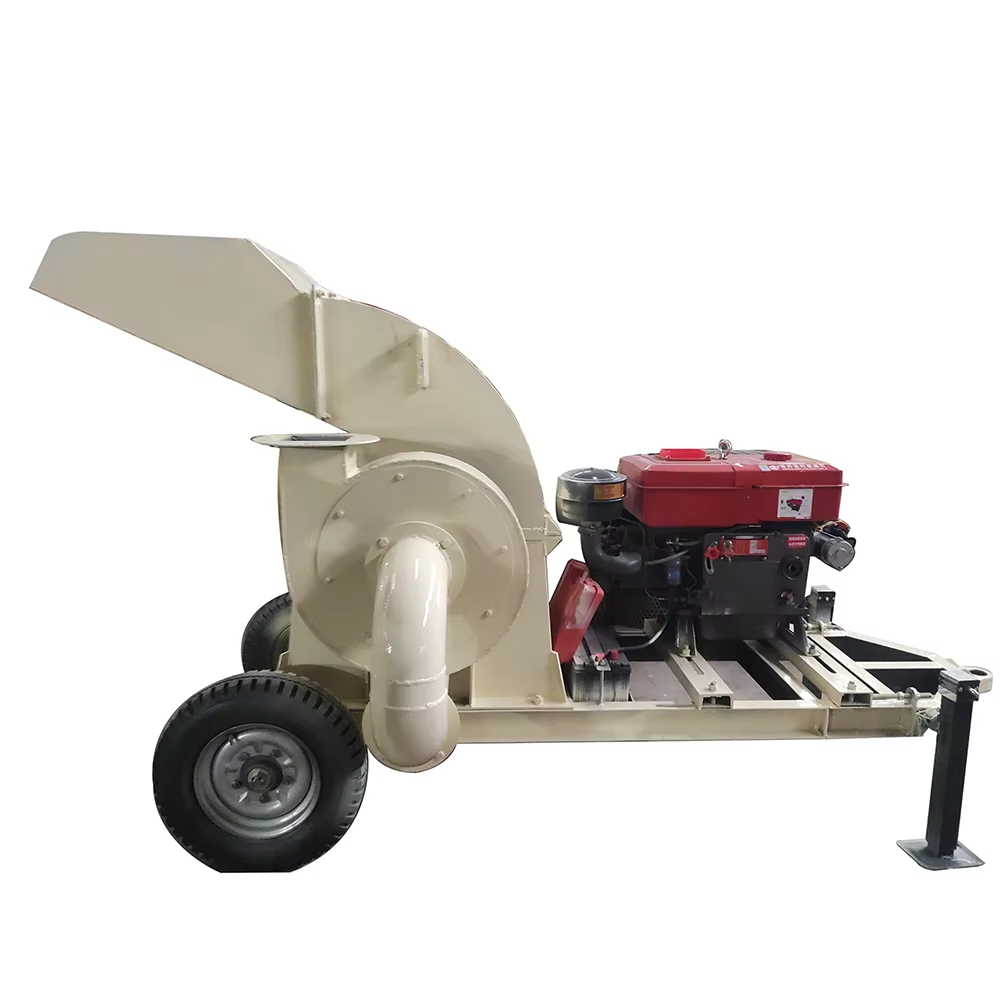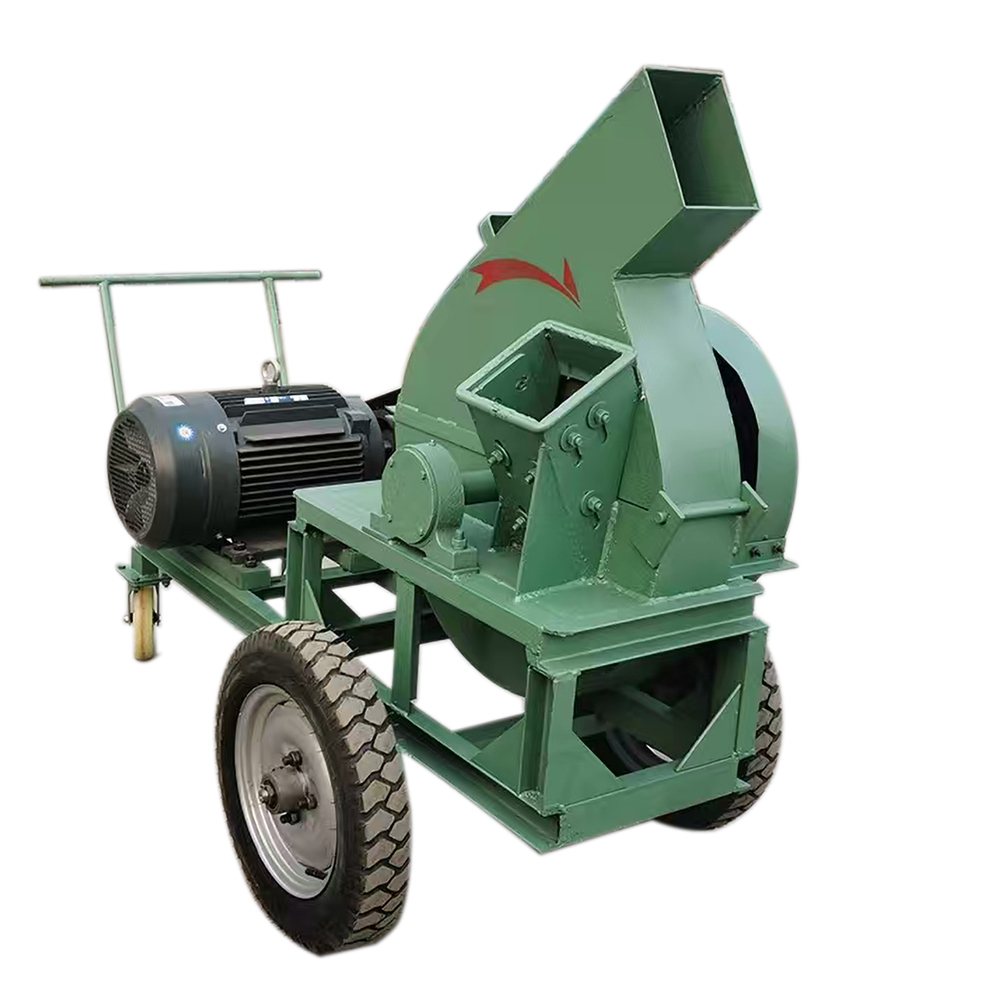Contents Catalog

Just like other stone crushing equipment, a jaw crusher requires regular repair and maintenance after operating for a certain period. Without this upkeep, key components will suffer severe wear, leading to a shortened service life.
What Happens Without Regular Maintenance?
Excessive Wear of Jaw Plates Requiring Replacement
Many users hold a common misunderstanding: they believe jaw plates only need repair when signs like flattening, holes, or cracks appear. In reality, severe wear on jaw plates not only makes repairs difficult but also seriously disrupts the normal operation of other parts. This ultimately results in higher costs—both for replacing the jaw plates and repairing the affected components.
Common Issues with Jaw Crushers
- Flattening, holes, or cracks on jaw plates
- Breakage of the pitman bearing
While jaw plates are central to the crushing process, the movable jaw plate’s motion relies on three critical components: the toggle plate, pitman bearing, and flywheel. The pitman drives the movable jaw plate to push materials toward the fixed jaw plate, generating strong compressive forces on both jaw plates. If the pitman fails to receive timely lubrication, it will break under the high pressure of materials, halting the entire crushing operation.
How to Properly Inspect and Maintain a Jaw Crusher
1. Create a Maintenance Checklist
Proper planning and preparation make repair and maintenance work organized and efficient, helping operators save time, reduce costs, and improve safety. You can design a checklist (like the template suggested below) to list components that need inspection at different intervals (e.g., daily, weekly, monthly). Mark each item as completed after inspection—this prevents missed checks, clarifies work arrangements, and saves significant time.
Jaw Crusher Maintenance Checklist (Template)(Note: The checklist should include components to inspect and corresponding inspection cycles.)
2. Ensure Thorough Lubrication
Lubricating the contact surfaces between jaw crusher components is critical. It minimizes friction during operation, ensures smooth machine running, and extends the crusher’s service life.
Unlike gyratory crushers (which typically use oil lubrication), jaw crushers mainly rely on grease. There are multiple ways to apply grease to key lubrication points: manual application with a grease gun, or use of an oiler or metering pump.
Which Components Need Lubrication?
- Eccentric shaft (pitman bearing): Located behind the movable jaw plate, it works with the flywheel and toggle plate to drive motion. Regular lubrication of the eccentric shaft is essential—if it breaks due to insufficient lubrication, replacing it can take over four hours.
- Main shaft: To keep the main shaft well-lubricated, ensure there is enough grease between the thrust plates. The grease in the bearing box should fill approximately 50% of the box’s volume and be replaced every 3–6 months. When changing the oil, clean the roller bearing raceways with clean gasoline or kerosene.
3. Maintenance and Replacement of Jaw Plates
Jaw plates on the market are made of different materials, some suitable for crushing hard stones and others not. Thus, you must select the right jaw plates for your crusher. For instance, jaw plates of single-toggle jaw crushers are generally not ideal for crushing highly abrasive, hard materials in large-production scenarios.
Wear on jaw plates is inevitable due to long-term crushing work. The only way to maximize their service life is through regular inspections and timely maintenance:
- Check if the tooth peaks align with the tooth valleys correctly.
- Regularly inspect and tighten bolts and nuts to ensure they do not loosen during operation.
- Check if the jaw plate surface has flattening, holes, or cracks—if so, adjust the plate or replace it with a new one.
- If inspection reveals that over 80% of the jaw plate is worn, replace it promptly to avoid affecting the machine’s overall performance.
- If you are unsure whether replacement is needed, contact the jaw crusher manufacturer. They will provide professional advice based on the actual condition of the jaw plate.
4. Inspection and Maintenance of Other Components
- Check if the discharge port is blocked. Clear any blockages immediately to keep the discharge process smooth.
- Inspect the V-belt for looseness. If it is too loose, tighten it—loose belts cause slippage and reduce efficiency.
- Check if the eccentric shaft is jammed. A common cause is a loose eccentric shaft bushing, which eliminates the gap on both sides of the frame’s bearing box. In this case, reinstall or replace the bushing.
- Verify that the flywheel’s wedge is in the correct position.


